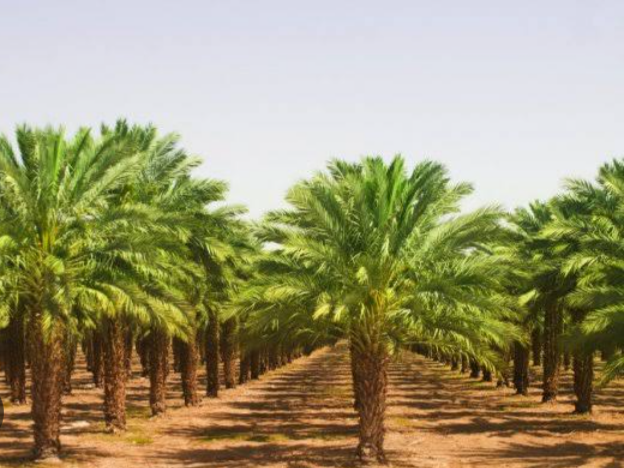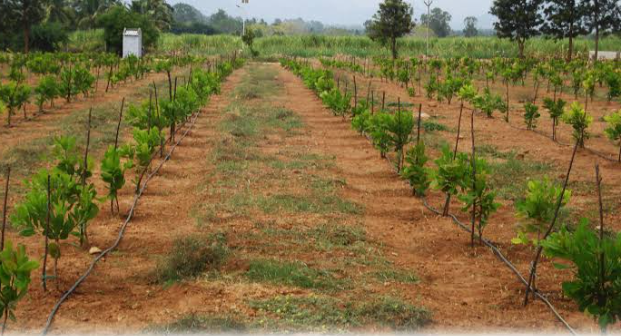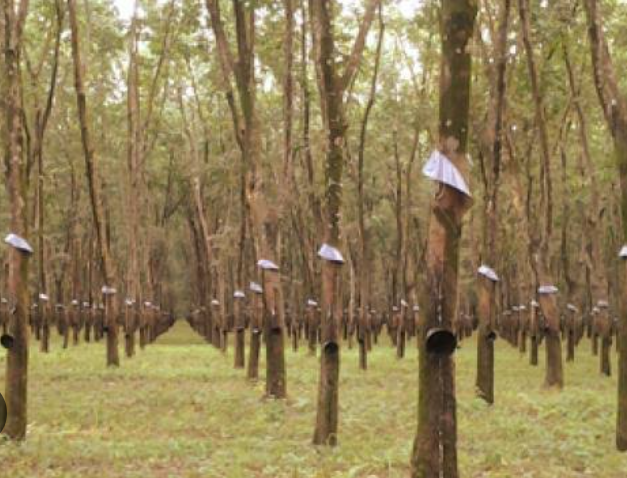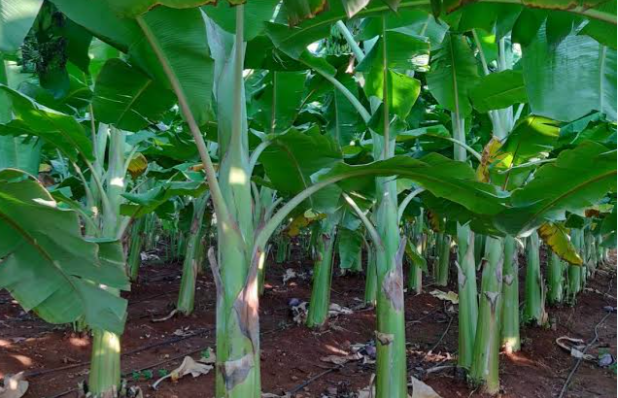
Plantation crops are tree crops grown either For local consumption or commercial purposes. Such crops take time to grow and surpasses the arable crops. They are source of foreign exchange earning for a nation and income to human.
Some of the plantation crops include:
Cocoa (Theobroma cacao)
Cashew (Anacadium occidentalis)
Citrus (Citrus spp.)
Rubber ( Hevea brasilienses)
Cotton (Gossypium spp)
Plantain (.Musa paradisienea )
Cola ( Cola spp)
Oil palm ( Elaeis guinensis)
Coffee ( Coffea spp)
DIFFERENCE BETWEEN PLANTATION CROPS AND ARABLE CROPS
1. Plantation crops are raised in the nursery after which they are transplanted while arable crops are sown directly on the field
2. Duration of plantation crops on field is longer unlike arable crops.
FEATURES OF PLANTATION FARMING
The following characteristics distinguishes plantation farming from other types of crop farming
1. Plantation farming focus on a single crop only. For example, cash crops such as sugarcane, tea, coffee, cotton, rubber, palm oil, etc. This brings about specialization.
2. Plantation brings about large landholdings: Plantations is usually carried out on an extensive area of land, that is, thousands of hectares of land. They are usually owned or managed by large agricultural corporations, commercial landowners, or government parastatals.
3. It is labor-intensive: Due to the large expance of land used for plantation, high number of labor inputs is required. They carry out tasks such as planting, prunning, harvesting, and processing crops. These labourers can be skilled or unskilled.
4. It has an export-oriented approach: The crops grown on plantations are either for exportion or the country usage. Most farmers sell their plantation produce to international markets inorder to generate foreign exchange earnings for themselves or the country .
5. Plantation is based on monocultureplantation farmers usually focus on a single crop (monoculture) , where large areas are dedicated to the cultivation of the same crop year after year.
6. It involves great technological advancements: Advanced agricultural techniques, irrigation systems, and technology are required in plantation to maximize crop yields and efficiency.
7. It comes with certain environmental concerns: Due to the fact that mono-cropping is the major practice in plantation, and large hecteres of land are used, lots of environmental issues are experienced by farmers and the country. Such problems include deforestation, soil degradation, water pollution, and biodiversity loss.
Plantation crops are usually raised in the nursery. The nursery is a structure set aside for raising Young plants or seedlings until they are matured enough to be transplanted to their parmanent avenue.
There are two types of nursery:
1. Permanent nursery
2. Temporary nursery
PERMANENT NURSERY
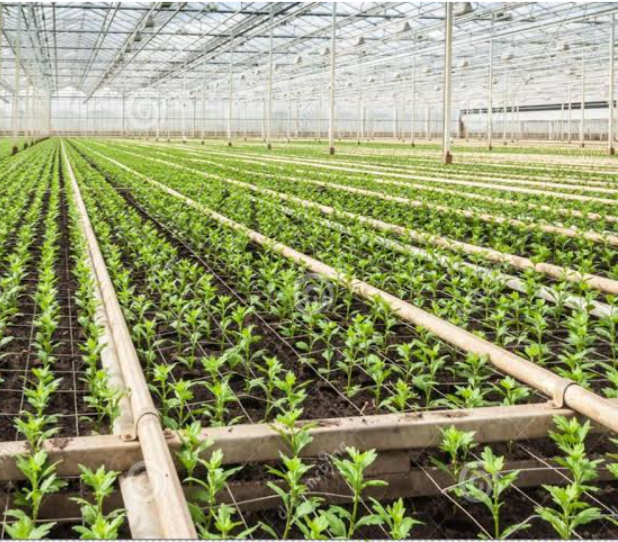
These are nurseries that remain year after year. They are used for bud improvement. It is used to raise plantation crops that take longer time to reach maturity. Example is Cocoa (Theobroma cacao) that takes 6 Months to mature, Oil palm ( Elaeis guinensis) takes 12 to 16 months and Rubber ( Hevea brasilienses) takes 16 months to mature.
ADVANTAGES OF PERMANENT NURSERY
1. It must be well designed
2. It must have a good water supply
3. No particular required no of plants can be raised in it.
4. It provides good quality of plants
5. It is usually properly managed and protected
6. Planting material is always available
DISADVANTAGES OF PERMANENT NURSERY
1. It requires high capital cost
2. It requires high transport cost
Not always in climatic site conditions
3. It is not always constructed near the planting site
4. Permanent and skilled labourers are required.
TEMPORARY NURSERY
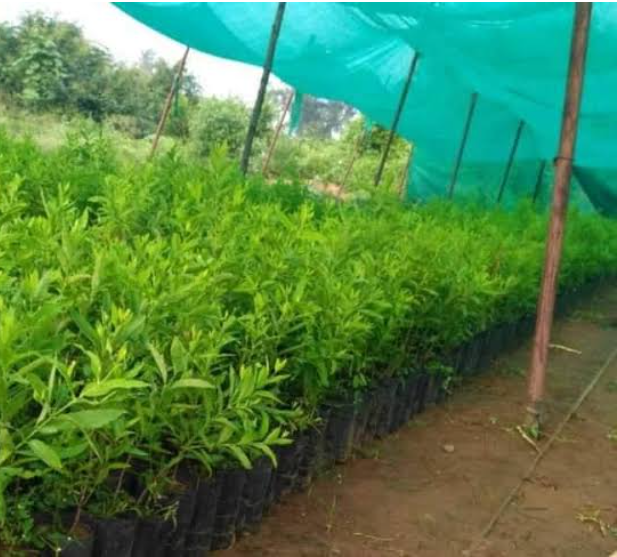
These are nurseries which are made for use within a short time. That is, for one or two years after which they are demolished.
Advantages of Temporary Nursery
1. Temporary nurseries are also called flying nurseries. They can be moved to another site.
2. Low capital is used to set it up as it is movable
3. Reduced transport cost
4. It can adapt to the site climatic conditions
5. Skilled labour is not required
6. It can be located near the planting site
Disadvantages of Temporary Nursery
1. Water supply may be poor
2. Soil may be poor
3. Shortage of trained labour
4. All can result in poor quality trees
MATERIALS NEEDED IN THE NURSERY
1. SEED: Seeds of plantation crops may require scarification to break the dormancy. Such seeds are planted in germination box. The seeds differ from the nuts in that seeds are part of the plant capable of developing into another plants. While a nut is for consumption. In planting the seeds, there is need for right placement of the seeds and the plumule to enhance seed germination.
The period to nurse a crop differ on the basis of crop improvement to carry out and breaking of its dormancy. For example, Cashew (Anacadium occidentalis) needs no bud improvement unlike mango ( Mangifera indica) and Citrus (Citrus spp) require budding for improvement. The bud root and the stock of the plants are planted. Mango for example are usually attacked by fungus diseases called ” Gumosis“. It result in less production of the plant. Therefore, an infected bud can be budded with bud roots of improved varieties.
CRITERIA FOR SELECTING THE SEED
a) The seed must be robust
b) The seed must be diseased free
c) The seed must be of improved varieties
d) The seed must be viable
e) The seed viability must be 80%. etc
2. POLYPOT OR POLYBAG : Apart from making shed in the nursery, polypots or poly bags are required. The pots are of different sizes but the sizes to use depent on the type of crop to plant. Cashew (Anacadium occidentalis) require small polypots while Oil palm ( Elaeis guinensis) require large poly bags because of the soil nutrients needed to sustain the crop.
Black polythene bags are best require because they are good absorbent of heat needed by micro organisms.
For seedling production, the seed is of importance.
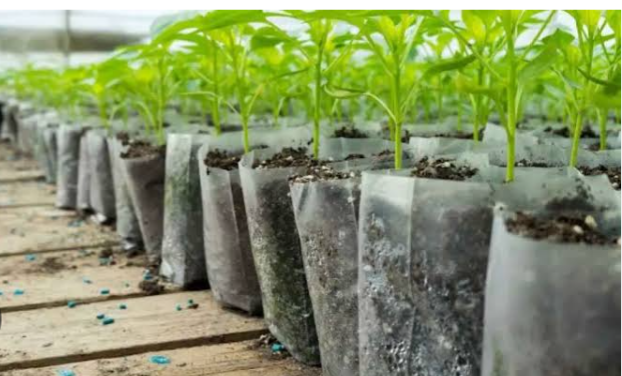
3. FARM TOOLS: Farm tools such as hand trowel, head pan etc are needed for seedling transplant. Watering can, sprayers are needed to supply water, insecticides, and fertilizers to the seeds and seedlings,. Other tools needed include wheel barrow, rake, secautor, prunning knife, tape, bowl, seed trays, polythene bags, polypots, etc are all needed in the nursery
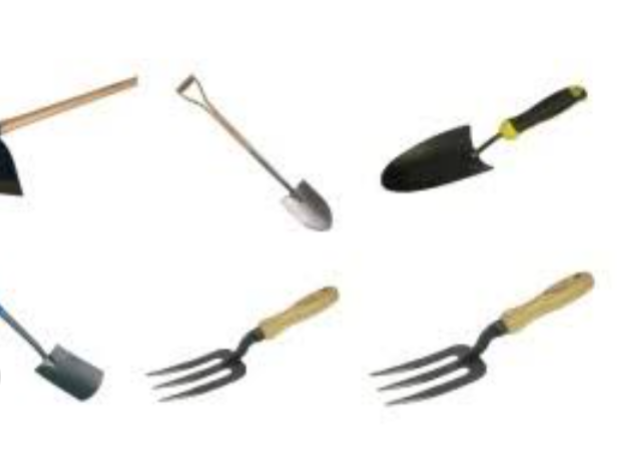
4. FERTILISERS : Both organic and inorganic fertilisers are needed to improve plantation crop yield. All plantation crops have their nutrient requirement which must be well known to the nursery attandant. Also, the nursery attendant must have good knowledge of the types of fertiliser their advantages and disadvantages and their Application method.
5. WATER SUPPLY: Water is an important factor during nursery establishment. Plants need water to survive especially at dry season.
Nursery must be sited near water source to water the seeds and seedlings. Lack of water will hinder the germination of the plants.
Also, water is needed for cleaning the tools used and the nursery workers need water to clean up after each day job. Water is essential commodity for nursery operation.
6. FERTILE SOIL: Good rich fertile Soils are needed to raise plantation crop seedlings. When the soil is degraded, organic manures can be used to improve the soil fertility for higher crop productivity etc.
Types of Plantation farming
1. Cocoa plantation
2. Rubber plantation
3. Coffee plantation
4. Tea plantation
5. Cashew plantation
